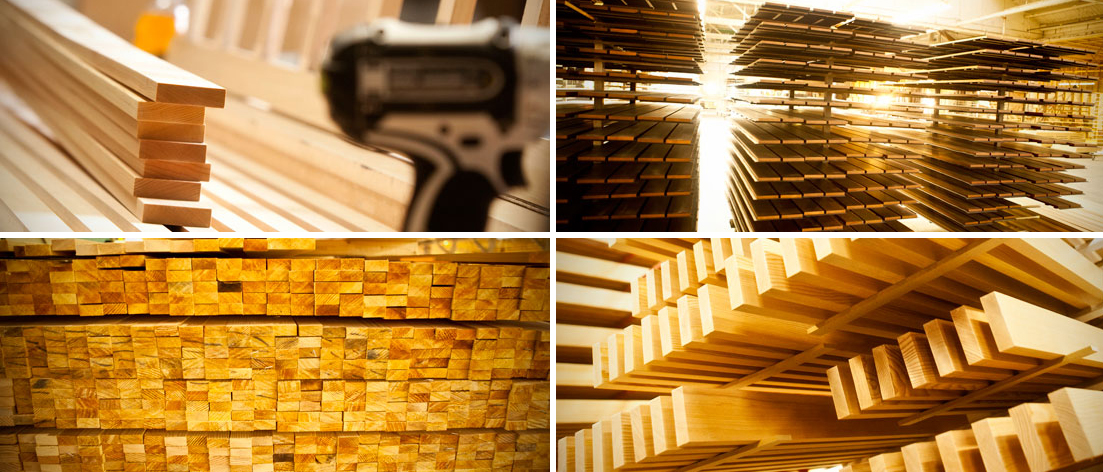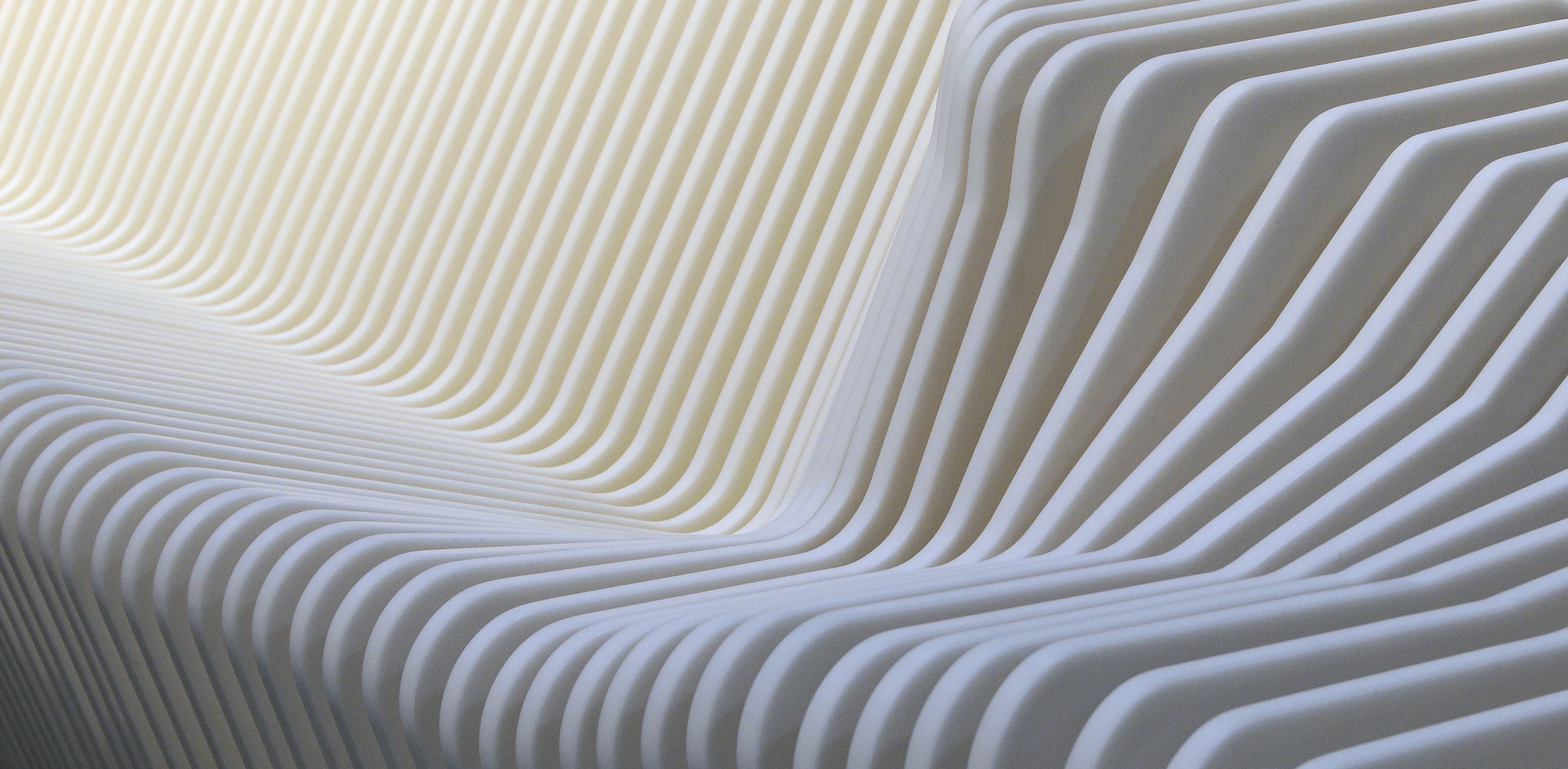Connect with huge architecture firms and gain new business through Architizer’s community marketplace for building-products. Click here for more information.
Ok, I’ll level with you — there is no one-size-fits-all, simple way to win an architect’s heart.
As you already no doubt know, each AEC professional has different ideas about what they want from manufacturers, and varied priorities depending on their approach. This is especially true when it comes to wood products. Architects have a broad range of project-specific needs for wood siding, flooring, ceilings and more, and given the options available, becoming one of their brands of choice is undeniably challenging.
So, how on earth can a manufacturer build strong, long-term relationships with architects and win consistent business in such a crowded marketplace? You know the high quality of your brand’s wood products and the skilled craftspeople behind them — but translating this into sales takes more than a great product. The answer lies in following one fundamental rule, time after time:
Don’t sell your products. Sell solutions.
I know what you’re thinking — “but our products are solutions!” Well, yes — great building-products do help architects solve their design problems. When the fit is right, all sides win, from the architect and the client to the contractor and the manufacturer.
Here’s the harsh truth though: Architects couldn’t care less if it is your wood product or that of another brand that makes it into their project.
All that matters to them is finding the optimal solution to the design challenge in front of them. However good your sales pitch may be, it won’t make one jot of difference unless your product possesses the exact criteria to meet their needs. It is therefore vital that manufacturers adopt the same mindset as the architect in each scenario, prioritizing the design challenge over the tantalizing prospect of a sale.

UT Rio Grande Valley Performing Arts Center, Texas; image courtesy 9Wood
Projects Over Products
Michael Roeman of 9Wood — a masterful manufacturer of timber ceilings based in Oregon — understands the importance of educating architects to help them overcome design dilemmas. “The greatest challenge in selling to architects is succinctly explaining and covering all the nuanced details that go into specifying a wood ceiling,” explained Roeman in conversation with Architizer. “These include natural wood character, material limitations, attachments, functional requirements relating to things like fire rating, finishes, acoustics and LEED, as well as lead-time and budget.”
The good news is, architects are already primed to view brands as specialist consultants. A 2016 survey by the AIA showed that architects regard manufacturers as technical experts when it comes to the specification of building-products. If you can provide these professionals with the insights they need to select wood products in line their creative vision — as well as meeting their client’s requirements — they will come to trust you as a valuable source of information.

Images via 9Wood
Knowledge and Know-How
Your knowledge is your more valuable asset. You can help architects in their specifying decisions by offering insights on many factors, including:
1. Viability of details: Are the details of the architect’s proposal even possible using standard building-products? If not, is a bespoke solution possible? If so, what are the implications for cost and lead-time?
2. Relationship with adjacent building-products: How does your wood product attach to other parts of the building? Are there numerous options for different junctions between building components? How might the selection of your product influence the architect’s specification of other elements within the design?
3. Lifecycle cost: How might performance factors impact on the lifespan of your wood products? Are certain products more expensive in the short term, but offer long-term benefits? What are the maintenance costs of your product in comparison with others?
4. Code requirements: Which regulatory requirements or LEED goals are a priority for the architect, and how can your product help meet them? Wood products vary widely in terms of sustainability. Can you offer a more energy-efficient option to help a project achieve LEED certification?
5. Environmental factors: What is the geographic and climatic context of the architect’s project? For wood cladding and other external building-products, this will be of particular importance. How can your product help take advantage of or mitigate the risks inherent within that environment? Is there an environmental condition that the architect may not have fully considered?
6. Economy of scale: What implications does the architect’s developing design have for the quantities of materials needed? Can you offer a cheaper per-unit price if the architect specifies large numbers or expanses of a particular building-product?
There are many more areas besides these that can help an architect reach a solution to their specific design brief, but these should provide a solid foundation as you open your conversation. Perhaps the most important thing to remember is that — contrary to your natural instincts — the end game of your first interaction with a new architect or firm is not necessarily to come away with a sale.

Brookfield Zoo Ambassador Animal Building, Brookfield, IL. by Booth Hansen; image courtesy 9Wood
Build a Solid Foundation
9Wood’s strategy is to build a foundation for future business by harnessing its unique knowledge of timber products. “We call ourselves ‘your wood ceiling experts,’” said Roeman. “Our goal is to build trust so we will be their first call when they need information about a wood ceiling. We have an inside sales customer service team made up of nine people that is here to support them by providing ‘design solutions’ and project management.”
Of course, if your product forms a natural part of the solution, then by all means, sell away! But the most important thing is that you highlight your value through expertise, establishing a lasting relationship based on helpful, technical advice.
Think of yourself as a consultant who just happens to have a set of amazing building-products that — when the fit is right — can help architects solve the design dilemma facing them. This is a long-term strategy that should bear fruit time and again, and the more you practice it, the more natural it should become.
Now you know, go forth and sell solutions!
Gain leads from major firms such as AECOM, HOK and OMA through Architizer’s community marketplace for building-products. Click here to sign up now.




